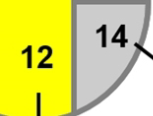Chapter 8 - Project Management
1/25
There's no tags or description
Looks like no tags are added yet.
Name | Mastery | Learn | Test | Matching | Spaced |
|---|
No study sessions yet.
26 Terms
Project
An interrelated set of activities with a
– definite starting and ending point, which
– results in a unique outcome
– for a specific allocation of resources
Project Management
A systemized, phased approach to defining, organizing, planning, monitoring, and controlling projects
Program
An interdependent set of projects that have a common strategic purpose
Defining Scope
Description of Work
Objectives of a Project
Time allowed (+10%, -15%), $ (+Insurance, +10%)
Roles of Project Manager
Facilitator (Resolve Conflict, Make Resources Available, Money for substract, anything to expedite project)
Communicator (With the customer and team)
Decision Maker (Right people, what to change, when to change)
Selecting the Team
Technical Competence (Know what they are doing)
Sensitivity (understanding)
Dedication (Help to solve problems that are not your responsiblity, but are in the best interest of your customer + project)
Recognizing Organizational Structure
a. Functional (Specific Departments, Acct, Sales, Mfg)
b. Pure Project (Multiple departments, 1 boss - project manager,
c. Matrix
d. Organizational Structure Affects How Projects Are Managed
Work Breakdown Structure (WBS)
A statement of all work that has to be completed
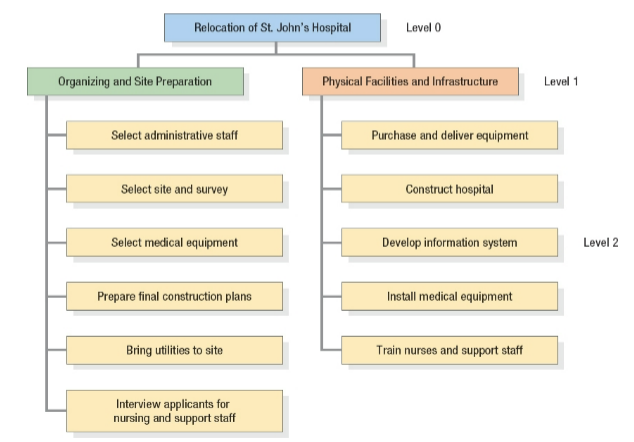
Activity
The smallest unit of work effort consuming both time and resources that the project manager can schedule and control
Network Diagram
A visual display designed to depict the relationships between activities that consist of nodes (circles) and arcs (arrows) that depict the relationships between activities
– Program Evaluation and Review Technique (PERT)
– Critical Path Method (CPM)
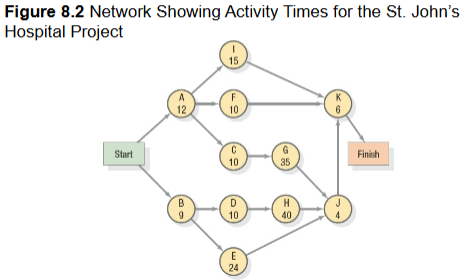
Precedence relationship
A relationship that determines a sequence for undertaking activities; it specifies that one activity cannot start until a preceding activity has been completed
Estimating Activity Times
Statistical methods
Learning curve models
Managerial opinions
Path
The sequence of activities between a project’s start and finish
Critical Path
The sequence of activities between a project’s start and finish that takes the longest time to complete
Earliest start time (ES) [Left to Right]
The earliest finish time of the immediately preceding activity
Earliest finish time (EF) [Left to Right]
An activity’s earliest start time plus its estimated duration (t) of EF = ES +
Latest finish time (LF) [Right to left]
The latest start time of the activity that immediately follows
Latest start time (LS) [Right to left]
The latest finish time minus its estimated duration (t) of LS = LF − t
Activity Slack (S)
The maximum length of time that an activity can be delayed without delaying the entire project
S = LS − ES or S = LF − EF
Activity Name
Top middle
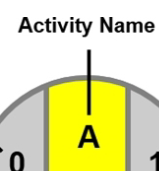
Earliest Start time
top Left corner

Latest Start time
Bottom left corner

Estimated time
bottom middle
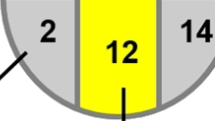
Earliest finish time
top right corner
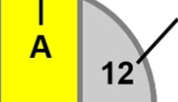
Latest finish time
Bottom right corner
